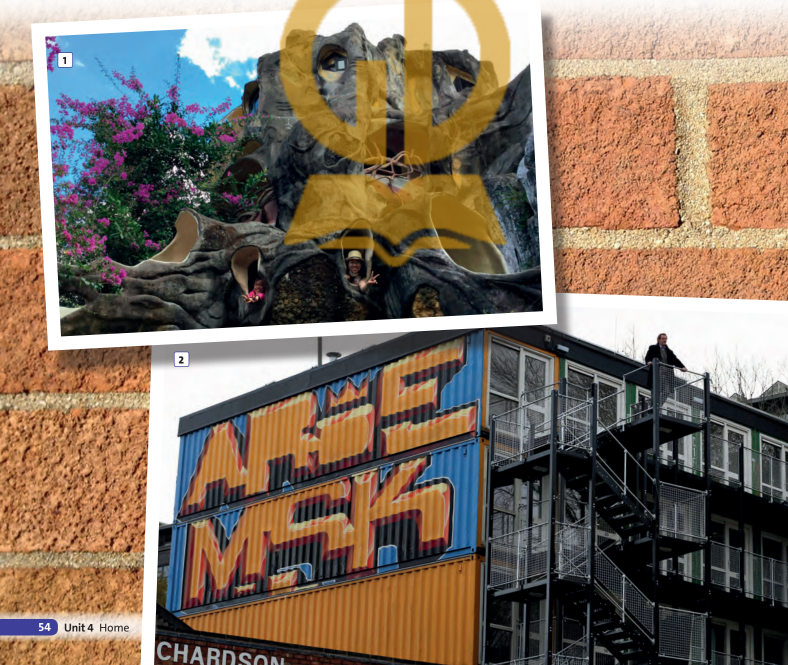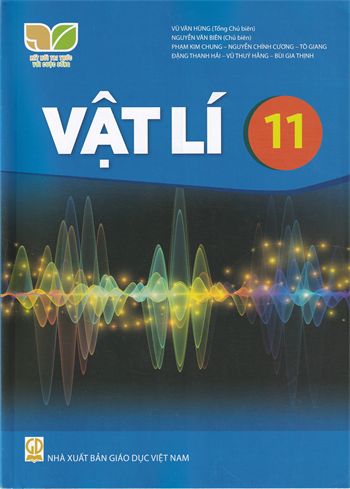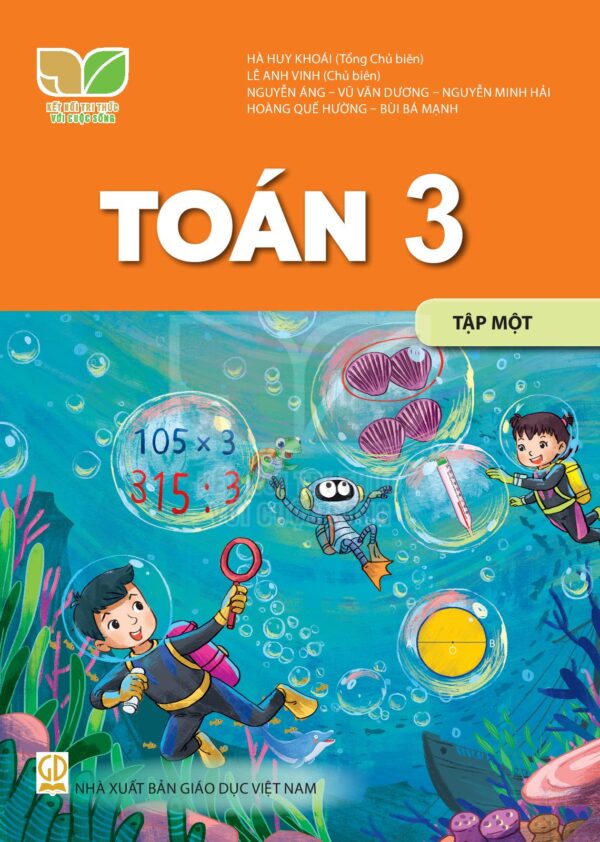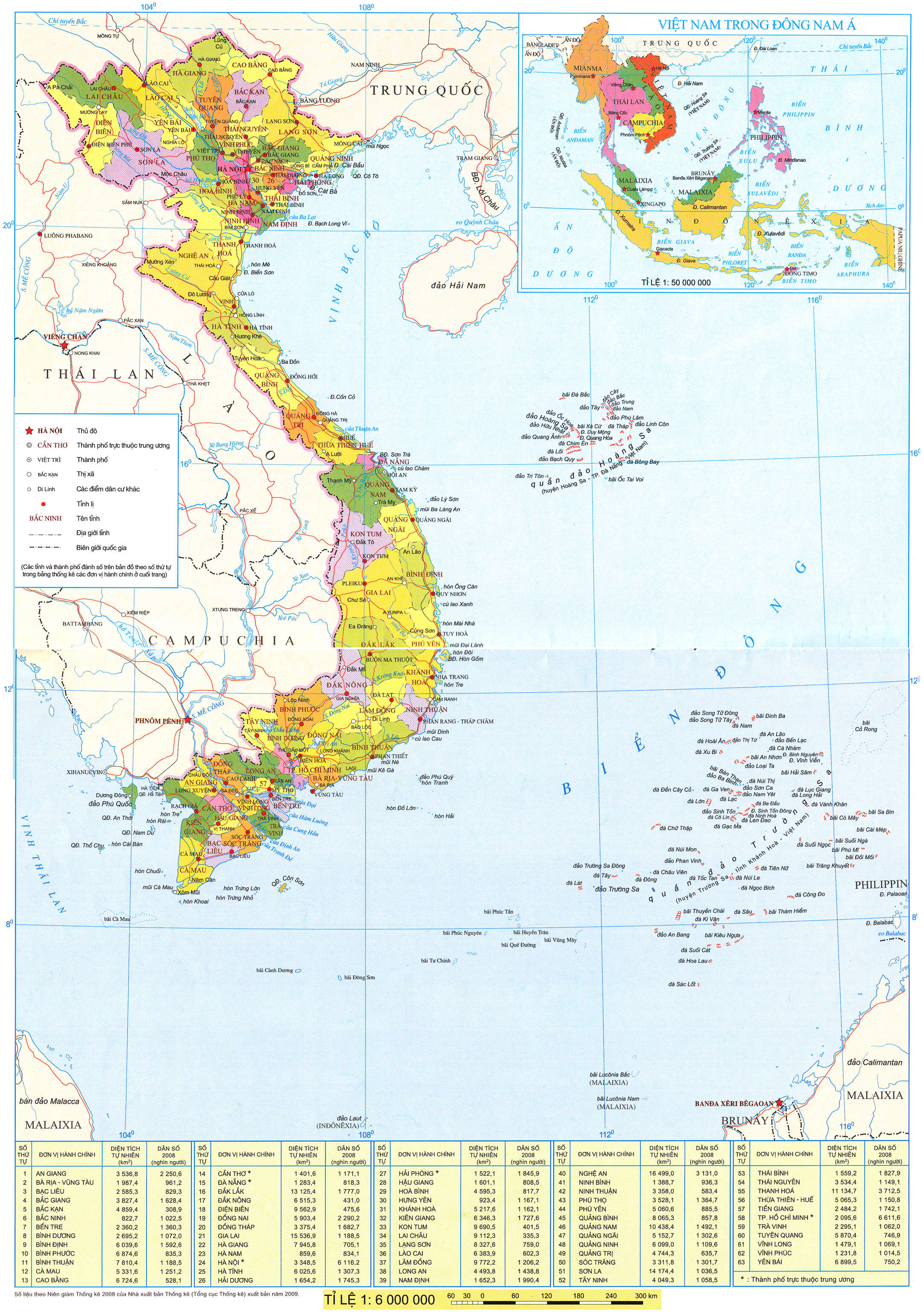(Page 54)
I can understand an article about alternative houses.
1 SPEAKING Look at the photos and the titles of texts A-C. What do you think the texts are about?
2 Quickly read texts A-C and check your ideas.
Reading Strategy
When you find evidence in the text that supports an answer, underline it and note which question it refers to. If you do that, you can find it again easily when you are checking all your answers at the end.
3 Read the Reading Strategy. Match two of the texts with the photos below. Say what evidence you found to support your answers.
4 Match the texts (A-C) with the sentences (1-4) below. Make a note of the evidence you found to support your answers.
1 The designer of this house wants to raise public awareness of protecting nature.
2 The builder of these homes uses only recycled parts.
3 Each room in this house has a different animal theme.
4 These homes can be put together to make a block of flats.
(Page 55)
5 VOCABULARY Match a-g with 1-7 to make compound nouns. They are all in the texts.
Compound nouns
| 1 rubbish 2 sofas 3 front 4 dining 5 shipping 6 housing 7 studio | a bed b containers c door d dump e estate f flat g table |
🎧2.11
A Living sculptures
Gregory Kloehn is a sculptor with a difference.
Not only are his sculptures created from bits of rubbish, but each of his unique creations offers a homeless person somewhere to live.
Gregory works in California, where there are a lot of people living on the streets. Each of his sculptures is no bigger than the average sofa, but the tiny, one-roomed shelters are as wonderful as mansions for a person who is sleeping rough.
Gregory searches on rubbish dumps to find pieces to use. A washing machine door is as good as a normal window. A fridge door can make a fine front door, and has useful shelves on the inside. And each home is on wheels so that it can be pushed around easily.
B The Crazy house
With a view to bringing humans closer to nature, architect Dang Viet Nga created this surreal artistic guesthouse in Da Lat, Viet Nam.
The Crazy House has gained recognition for its creative and unique architecture. There are almost no straight lines and no right angles at all. The structure of the house does not follow any rules, but everything looks harmonious. This weird structure is a maze of winding flights of stairs, dangerous-looking bridges, and sculptural rooms, each of which is named after an animal. In one room, guests are watched over by the glowing red eyes of a kangaroo. In another room, the window looks like the cobweb of a giant spider and the fireplace is in the form of an eagle's egg.
C Well-contained housing
If you heard that they were putting homeless people into shipping containers, you might be shocked. But that's exactly what is happening in Brighton, England. The Brighton Housing Trust has been inspired by a similar housing estate in the Netherlands. It is developing 36 studio flats in the town centre, using old shipping containers. The flats will have a window at each end and a toilet and shower room in the middle. On one side there'll be a kitchen and small dining table, and on the other side a living room with a sofa bed. At 24 square metres, they are smaller than a shared room in a homeless hostel. But they are much more desirable and certainly spacious enough for one person. They are also stackable. The containers will sit on top of one another with stairs connecting them.
6 Read the texts again. Answer the questions.
1 Where does Gregory Kloehn find the parts to make his houses?
2 What does Gregory sometimes use as a front door?
3 In what way does staying in the Crazy House bring guests closer to nature?
4 Apart from the UK, in which country have containers been made into flats?
7 SPEAKING Work in pairs. Discuss these questions.
1 Which home is the most original and clever, do you think? Why?
2 Which is the most useful from a social point of view? Why?
3 Which of the homes would you like to live in? Why?
4 Which of the homes would you not like to live in? Why not?


























